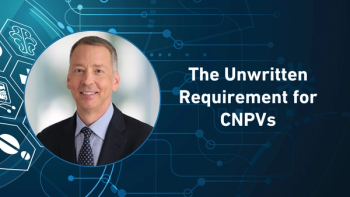
After a relatively flat year, 2014 could be big for pharma M&A
Ernst & Young Firepower report sees a 'growth gap' for traditional pharmacos
In its second year, the E&Y
The answers that come back from this analysis indicate that while all three sectors saw increases in transaction firepower due to higher stock prices nearly across the board, Big Pharma made relatively little use of that firepower in 2013, while Specialty Pharma, in effect, overspent, participating in roughly 40% of M&A deals (based on deal value); Big Pharma participated in only 16% of deals.
Looking ahead, E&Y sees a “growth gap” for Big Pharma—its proportion of overall pharma sales is not keeping up with overall market growth, to the tune of $100 billion in annual sales. The reasons for this are well known: declining revenue for drugs going off-patent (E&Y calls this the “patent cliff hangover”), disappointing sales of newly patented products and decelerating emerging markets, among others. “In 2013, M&A deal values rose about 30% over 2012, to more than $85 billion,” says E&Y, “but Big Pharma executed only a handful of small (less than $5 billion) bolt-on deals . . . Meanwhile, Big Biotech and Specialty Pharma companies continued to punch above their weight [and] accounted for more than 80% of M&A activity.”
Already in the new year, the trend continues: Forest Laboratories (which E&Y categorizes as “Specialty Pharma”) has announced a $2.9-billion bid for another specialty company, Aptalis.
The Burrill Report, which measures global M&A activity in life sciences sectors including med device, issued a
"With strong shareholder returns and robust pipelines at a few companies, big pharma was largely absent from M&A in 2013," said Glen Giovannetti, EY's Global Life Sciences Leader. "As they face significant growth challenges ahead, pharma companies will need to become more acquisitive, but the growing strengths of big biotech and emerging pharma are leading to both increased competition for deals and more expensive targets."
Newsletter
Stay ahead in the life sciences industry with Pharmaceutical Commerce, the latest news, trends, and strategies in drug distribution, commercialization, and market access.





